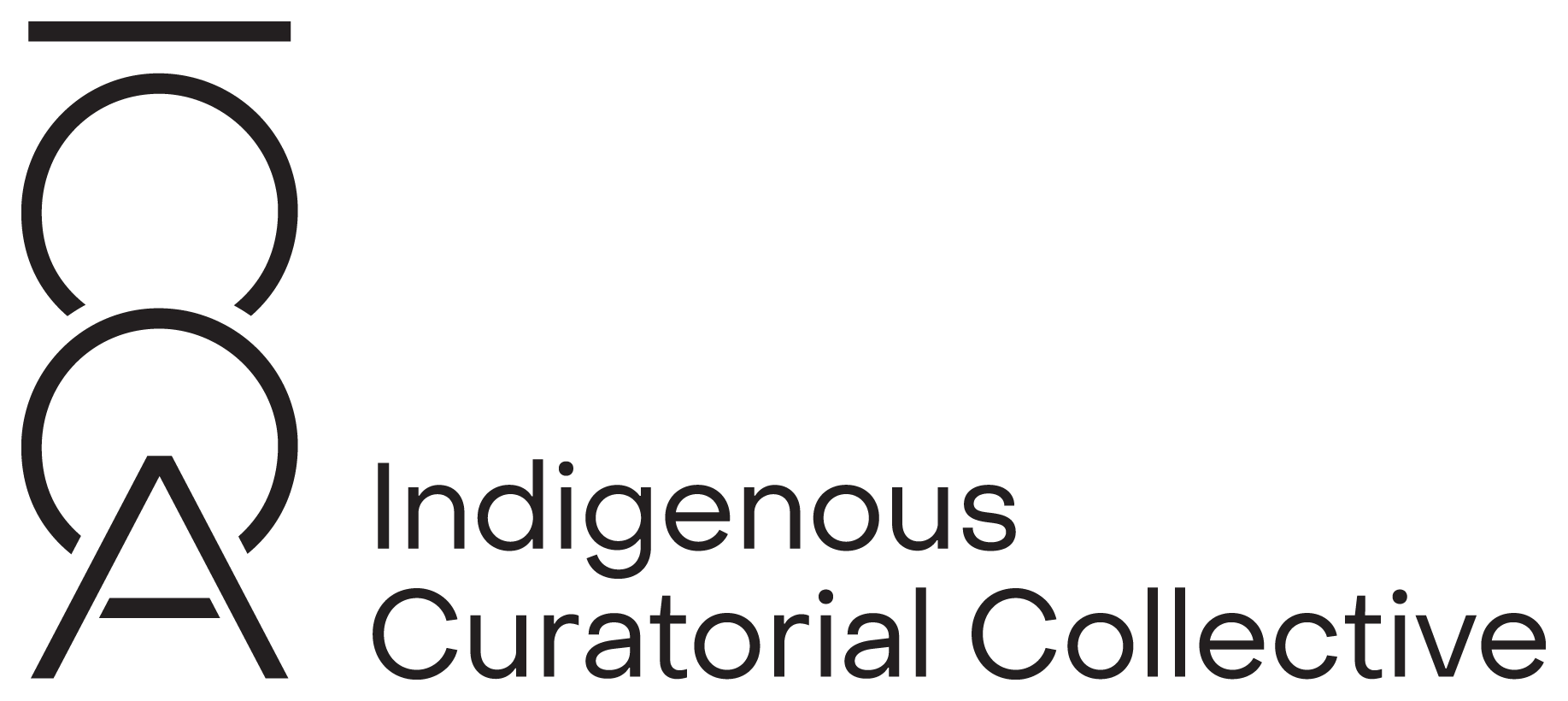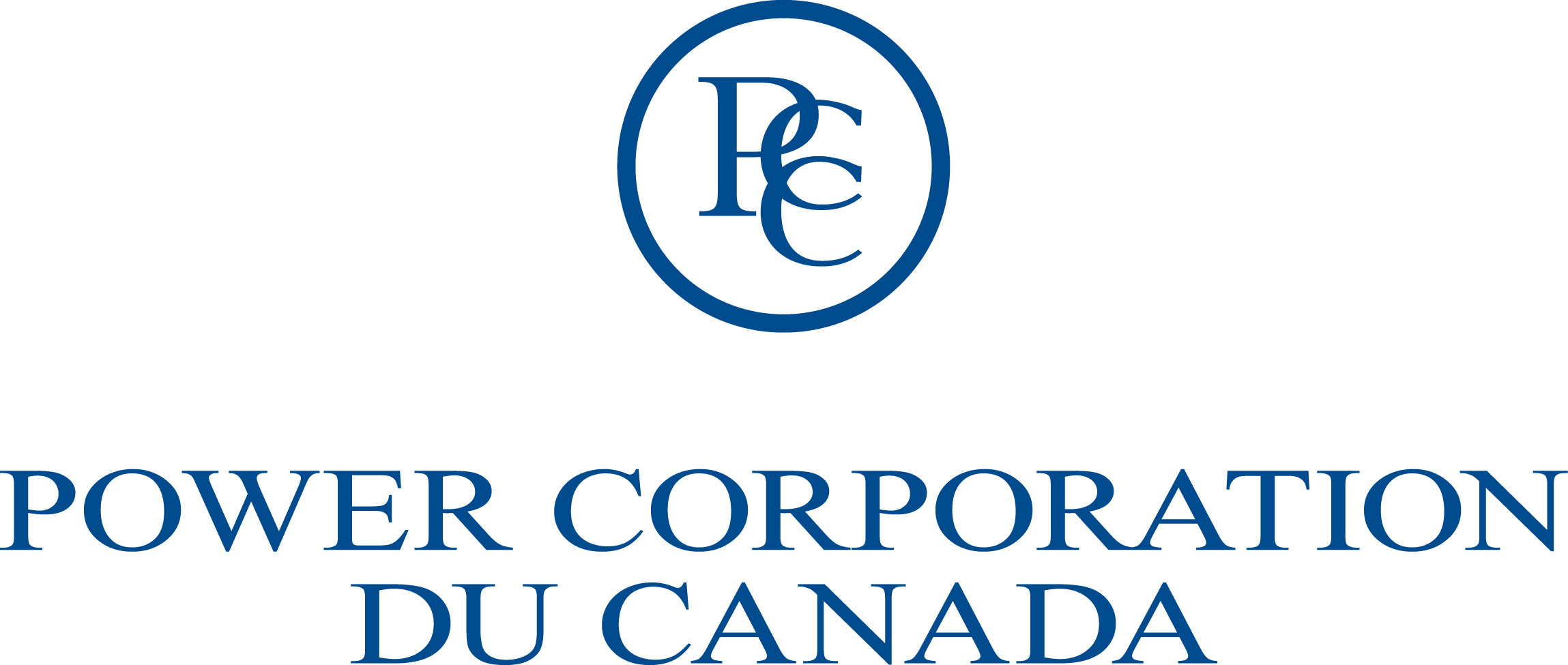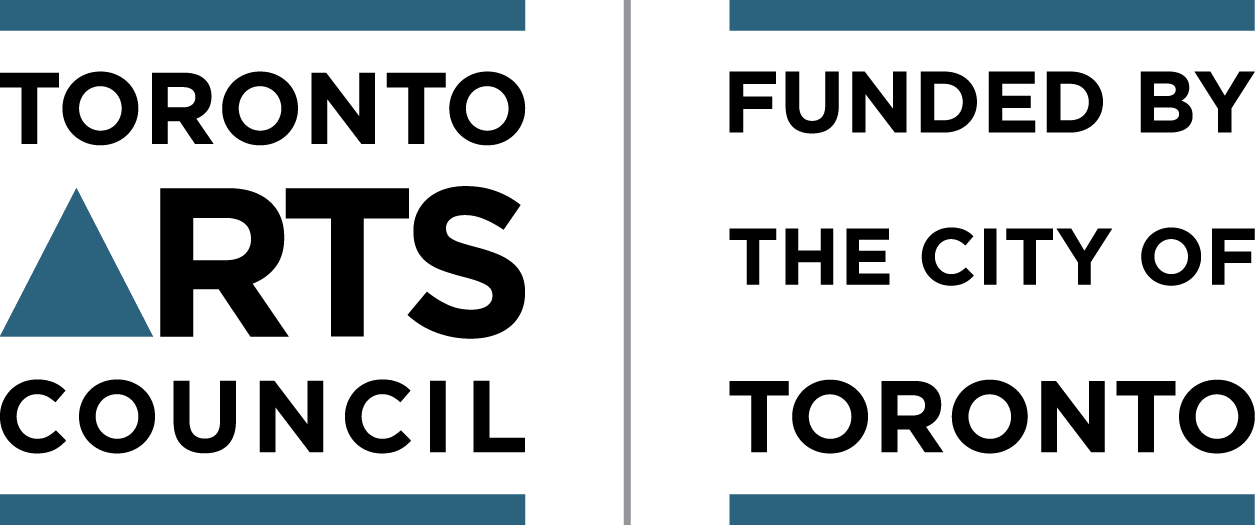Beyond the One-Liner: The Masks of Brian Jungen
The Dunlop Art Gallery, Regina, April 29 – June 18, 2000
Border Crossings, Vol.19 #4, November 2000.[ 1,107 words ]
Six masks rest inside two, large, oak-framed vitrines, of the sort favoured by anthropology museums in the first half of the last century. They are made from running shoes. While they resemble traditional northwest coast Native masks, no one would mistake them for the real thing. What they look like are soft-sculpture versions of generic Haida objects as interpreted and rendered by Disney. Brian Jungen’s sculptures not only satirize the dominant culture’s expectations of First Nations art and people, but they also embody the anxious identities of a recent generation of urban Indians.
Citing the aesthetics of Sister Wendy (Robert Hughes lite), a critical viewer comments, in the exhibition guest book, that this is a one-idea show, a single concept uncreatively repeated. While there is a single visual idea here, it is a rich one and its various expressions are not repetitious; the design and execution vary subtly but distinctly from mask to mask. Jungen uses the obvious shoe / animal tongue pun only once and the shoe / human mouth just a few times. Eyes are made from the Nike hologram ‘buttons’ or vinyl toe protecters representing exaggerated eyelids. Two masks have real hair. Some look like stylized animal heads, others like human faces. No motif is overworked in these formally inventive objects. The diversity within a very limited palette and the care put into each mask indicate they are more than conceptual jokes; they are authentic, although hybrid, cultural expressions.
While conceptual artists often neglect, or contract out, the craft aspect of their work, Jungen does not. He hand-stitches these sculptures to emphasize his presence and intervention. Although the surfaces are pristine, the backs and insides reveal his rougher handiwork. This gesture may be a symbolic reversal of the mechanized labour that went into the originals. The imperfect stitching is a sign of individuality and of craft rather than of the mechanized uniformity in industrial production. Perhaps the artist is alluding to Nike’s poor labour record (see www.saigon.com/~nike/) and our ontology of labour where ‘First World’ designs cost many times that earned by the ‘Third World’ which actually produces the product. This reading is reinforced by the presence in each sculpture of a ‘made in Indonesia’ tag.
By stitching Nike runners into northwest coast masks, Jungen calls attention to the similarities between the two design languages. Both use strong red, white and black colours, sharp divisions between forms, and the ‘swoop’ or graduated curve. He may be hinting that Nike — and sports clothing and equipment design generally — borrows from the prior culture. More likely, he is making an anthropological observation about the cross-cultural similarities of taste in warrior and ceremonial attire.
To call the shoes he dismantles ‘runners’ is a serious cultural faux pas; they are Air Jordans. While you might buy running shoes from a crowded shelf at a Wal-Mart, you only find Air Jordans in a specialty shop where they are displayed individually on the wall like works of art. And while Consumer Reports may find little performance difference between a Wal-Mart runner and the much more expensive Air Jordan trainers, the hip consumer knows otherwise. Air Jordans, in addition to their distinctive designs, are saturated with the aura of basketball great, Michael Jordan. But it is not just athletic prowess that you buy when you invest in these shoes; it is a link to urban, black, American, hip-hop cool. Just as the Native kids I hung out with in my teens identified with Bruce Lee and Keith Carradine’s Kwai Chan Caine (from the 70s television series Kung Fu), many contemporary Native kids similarly relate to African American youth culture. Youth in Yellowknife wear the same baggy ‘sports’ clothes as do their counterparts in Chicago.
Jungen, who lives in Vancouver but grew up in the northeastern interior of B.C. near Fort Saint John, is of Swiss and Native ancestry. In his artist’s statement, he comments: ‘to many contemporary urban Indians, a vast amount of energy is spent locating oneself within an Indian “spectrum”, which is ultimately defined by an inherited economy of imagery and iconography sewn into the public consciousness. Ironically, settling on a place within the slippery slope of Indian self-identity will always be posterior to how Indians are identified within the dominant culture; especially classical ethnographic reflections of Indian cultures.’ His sculptures embody this ‘slippery slope of Indian self’ and imposed identity. They do not mimic authentic Haida masks as much as they recall their souvenir versions. Like souvenirs, they look (at least from the front) mass produced, and are meant to be hung on the wall rather than worn in a ceremony. In this way they comment on the dominant culture’s tactic of making First Nations people and their handiwork ethnographic (and on some Native complicity in meeting the demand with facsimiles of their culture). Even so, I don’t think these works are a lament, or call for the restoration of traditionalism.
The exhibition catalogue explains that Jungen’s culture, Dunne-Za, is not associated with the coastal tribes who produce the sort of masks to which he’s referring. This leaves his ironic borrowing open to being read as anti-traditional because it violates the usual legitimizing channels. But because I think he is copying not sacred originals but already corrupted copies, Jungen seems to be embracing change and hybridity as a cultural fact, a fact even of pre-contact cultures. He is sampling rather than ripping off.
Some First Nations people decry baseball teams, like the Cleveland Indians, who co-opt Native imagery; others proudly wear their jerseys. The same jersey means something different when worn by a white fan from Cleveland than when it is worn by a Native youth in Winnipeg. Jungen demonstrates that contemporary urban Indian culture is becoming more hybrid than purist and because many are savvy about visual codes, they can employ previously repressive images for their own uses.
Clearly, Jungen’s masks are more than one-liners. The care and invention that go into their production, and their use of expensive materials — what kid wouldn’t be heartbroken to see such prized shoes so destroyed? — indicate an authentic investment. Their titles — all are called Prototype for New Understanding — suggest an experiment. And the new understanding he may be moving toward is a combination of traditional and contemporary, urban and tribal cultures. Jungen is producing contemporary Indian art that draws from the traditional while recognizing that a post-traditionalist position must inevitably be entangled with the dominant culture.
BorderCrossings, Vol.19 #4, November 2000.
Text: © David Garneau 2000. All rights reserved.
 David Garneau (Métis Nation of Saskatchewan) is a Professor of Visual Arts at the University of Regina. He is a painter, curator, and critical art writer who engages in creative expressions of Indigenous contemporary ways of being. Garneau curated Kahwatsiretátie: The Contemporary Native Art Biennial (Montreal, 2020) with assistance from Faye Mullen and Rudi Aker; He co-curated, with Kathleen Ash Milby, Transformer: Native Art in Light and Sound, National Museum of the American Indian, New York (2017). With Tess Allas, he co-curated With Secrecy and Despatch, for the Campbelltown Art Centre, Sydney, Australia (2016). He and Michelle Lavallee curated Moving Forward, Never Forgetting at the Mackenzie Art Gallery (2015). Garneau has given keynotes on mis/appropriation; re/conciliation; public art; museum displays; and Indigenous contemporary art. He presented, Dear John, a performance featuring the spirit of Louis Riel meeting with John A. Macdonald statues in Regina, Kingston, and Ottawa. David recently installed a large public artwork, the Tawatina Bridge paintings, in Edmonton. His recent still life paintings, Dark Chapters, curated by Arin Fay, will tour Canada in 2025. In 2023, Garneau was awarded the Governor General’s Award in Visual and Media Art: Outstanding Achievement and was inducted into the Royal Society of Canada.
David Garneau (Métis Nation of Saskatchewan) is a Professor of Visual Arts at the University of Regina. He is a painter, curator, and critical art writer who engages in creative expressions of Indigenous contemporary ways of being. Garneau curated Kahwatsiretátie: The Contemporary Native Art Biennial (Montreal, 2020) with assistance from Faye Mullen and Rudi Aker; He co-curated, with Kathleen Ash Milby, Transformer: Native Art in Light and Sound, National Museum of the American Indian, New York (2017). With Tess Allas, he co-curated With Secrecy and Despatch, for the Campbelltown Art Centre, Sydney, Australia (2016). He and Michelle Lavallee curated Moving Forward, Never Forgetting at the Mackenzie Art Gallery (2015). Garneau has given keynotes on mis/appropriation; re/conciliation; public art; museum displays; and Indigenous contemporary art. He presented, Dear John, a performance featuring the spirit of Louis Riel meeting with John A. Macdonald statues in Regina, Kingston, and Ottawa. David recently installed a large public artwork, the Tawatina Bridge paintings, in Edmonton. His recent still life paintings, Dark Chapters, curated by Arin Fay, will tour Canada in 2025. In 2023, Garneau was awarded the Governor General’s Award in Visual and Media Art: Outstanding Achievement and was inducted into the Royal Society of Canada.
Photo credit: Mika Abbott








